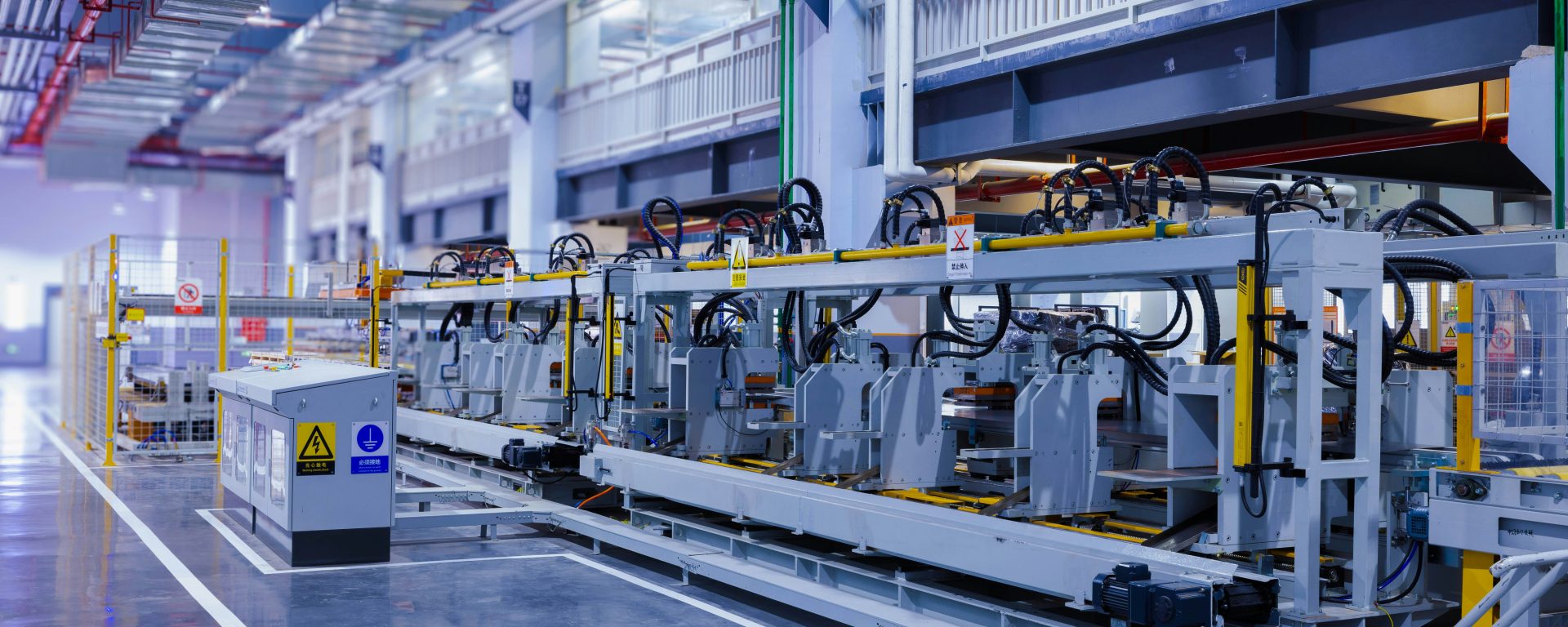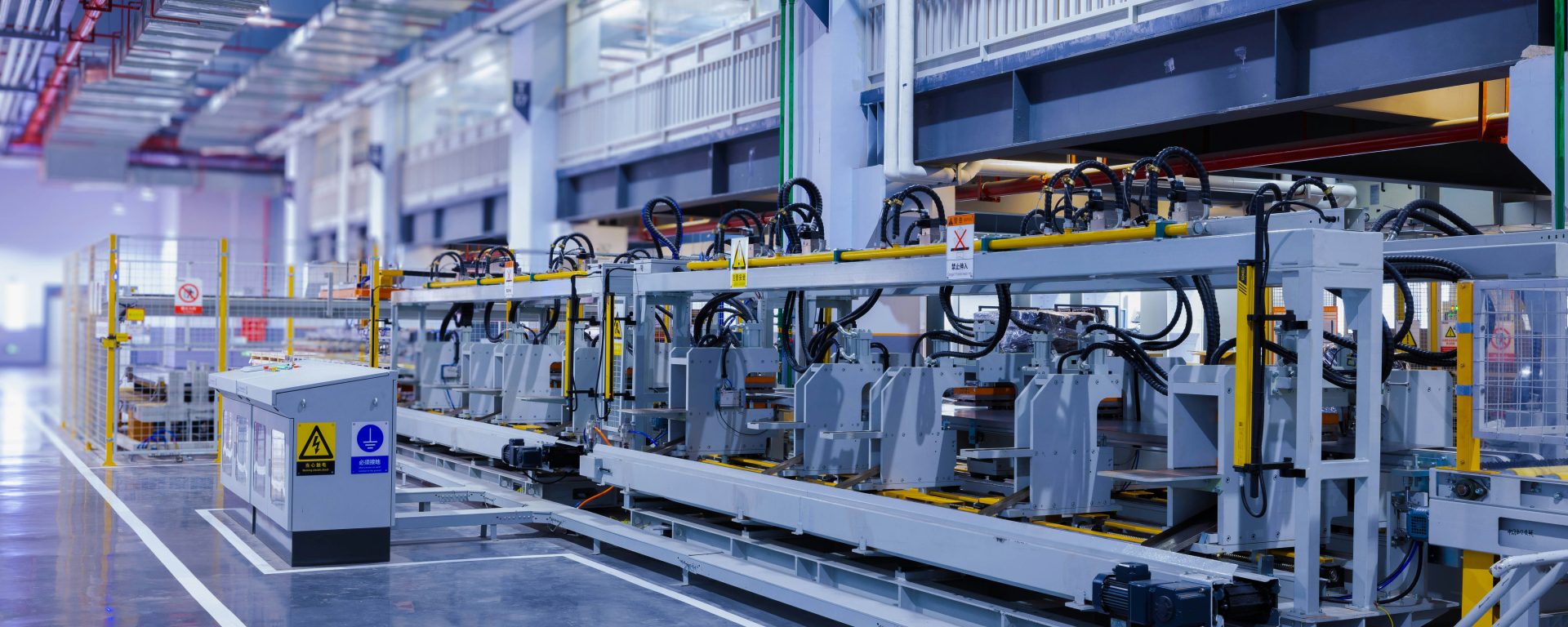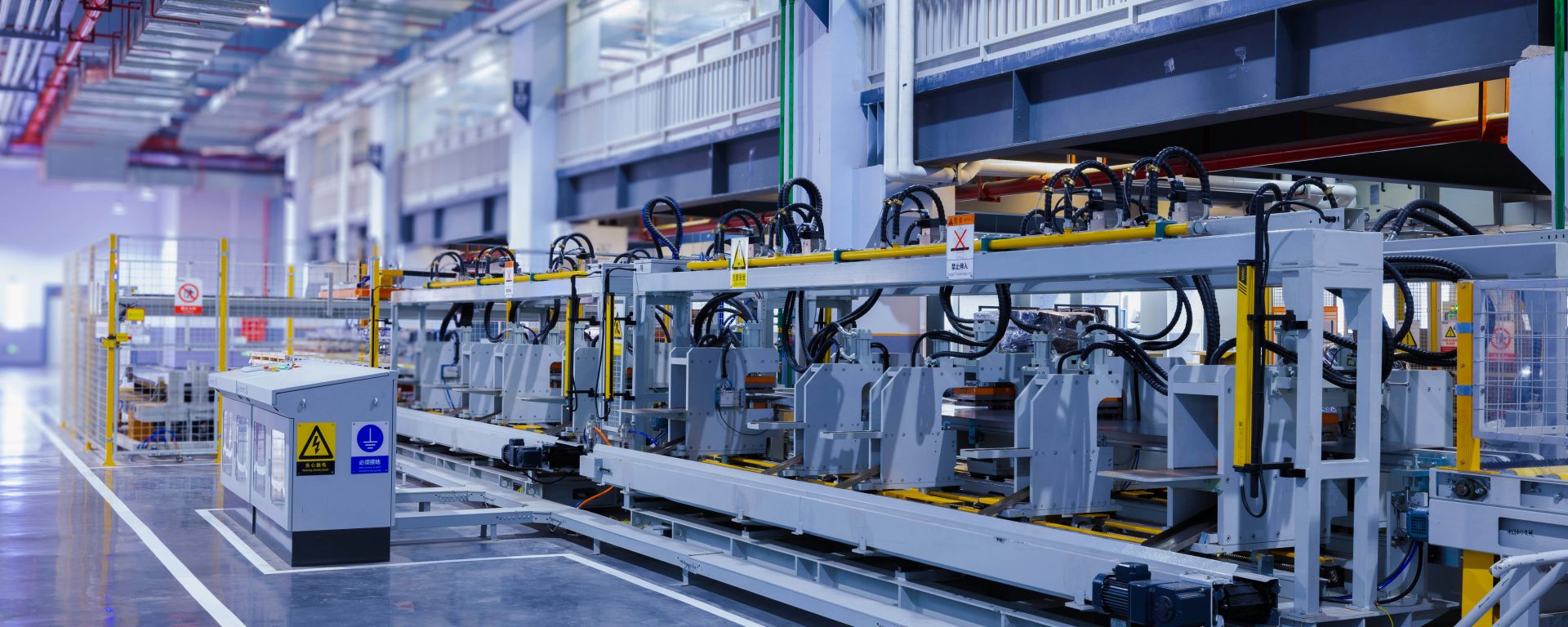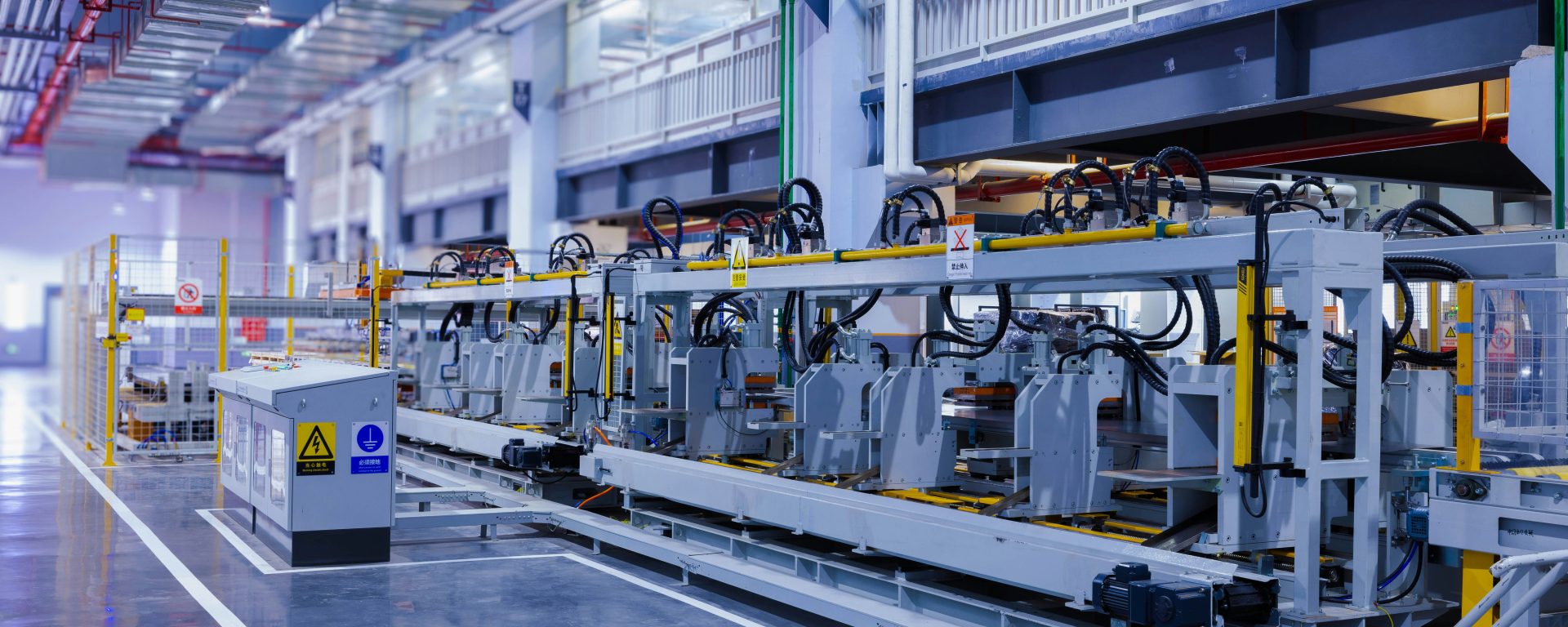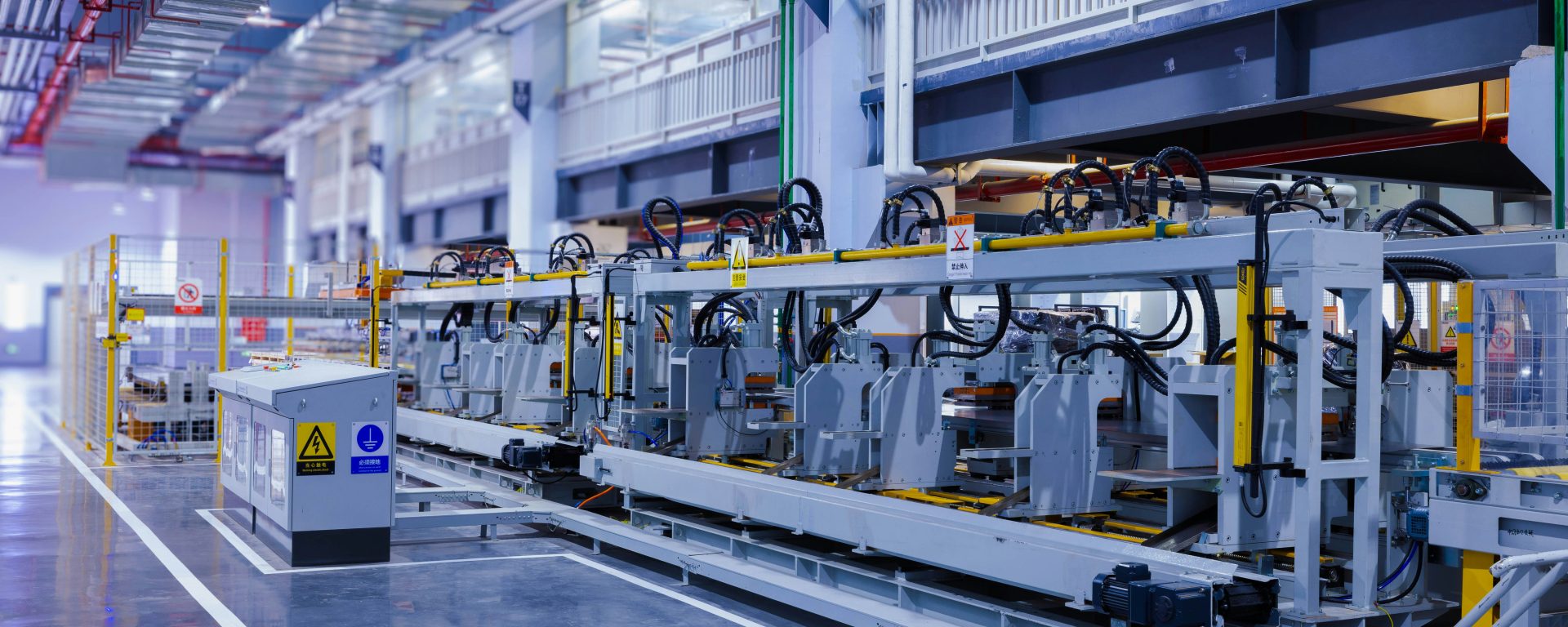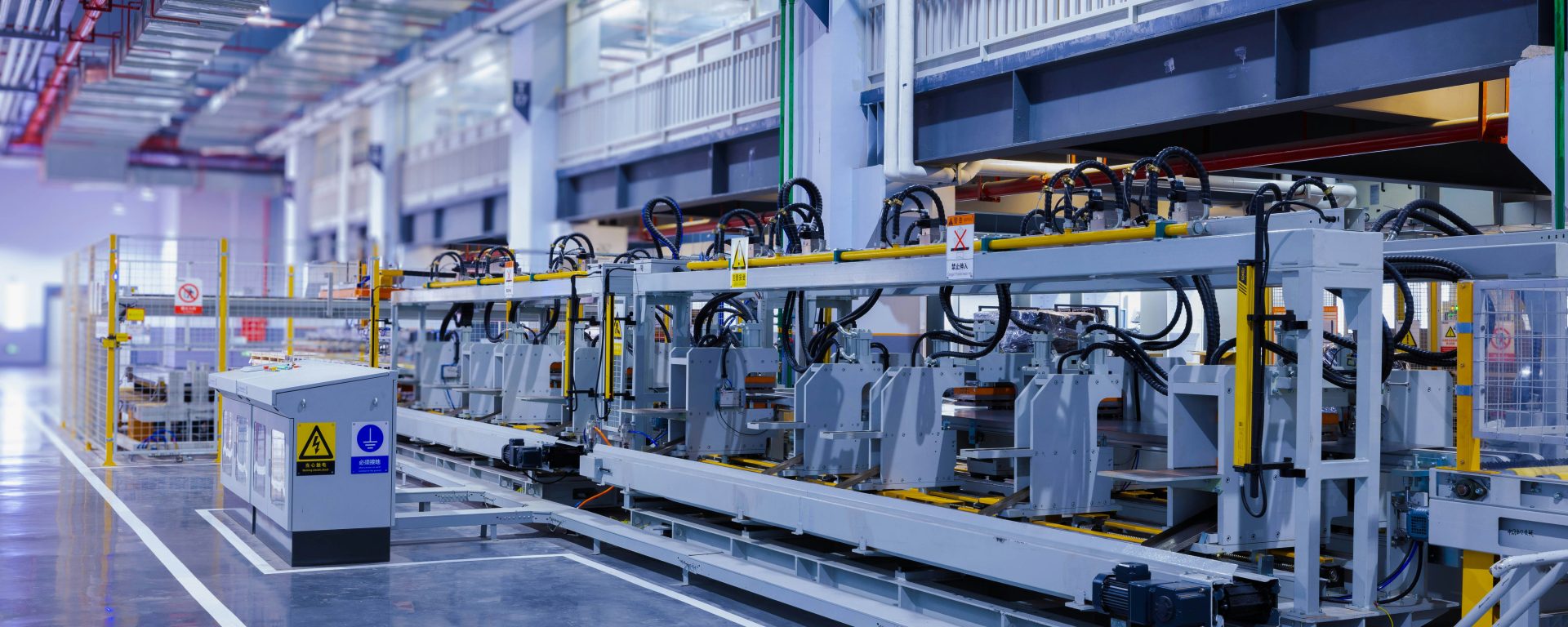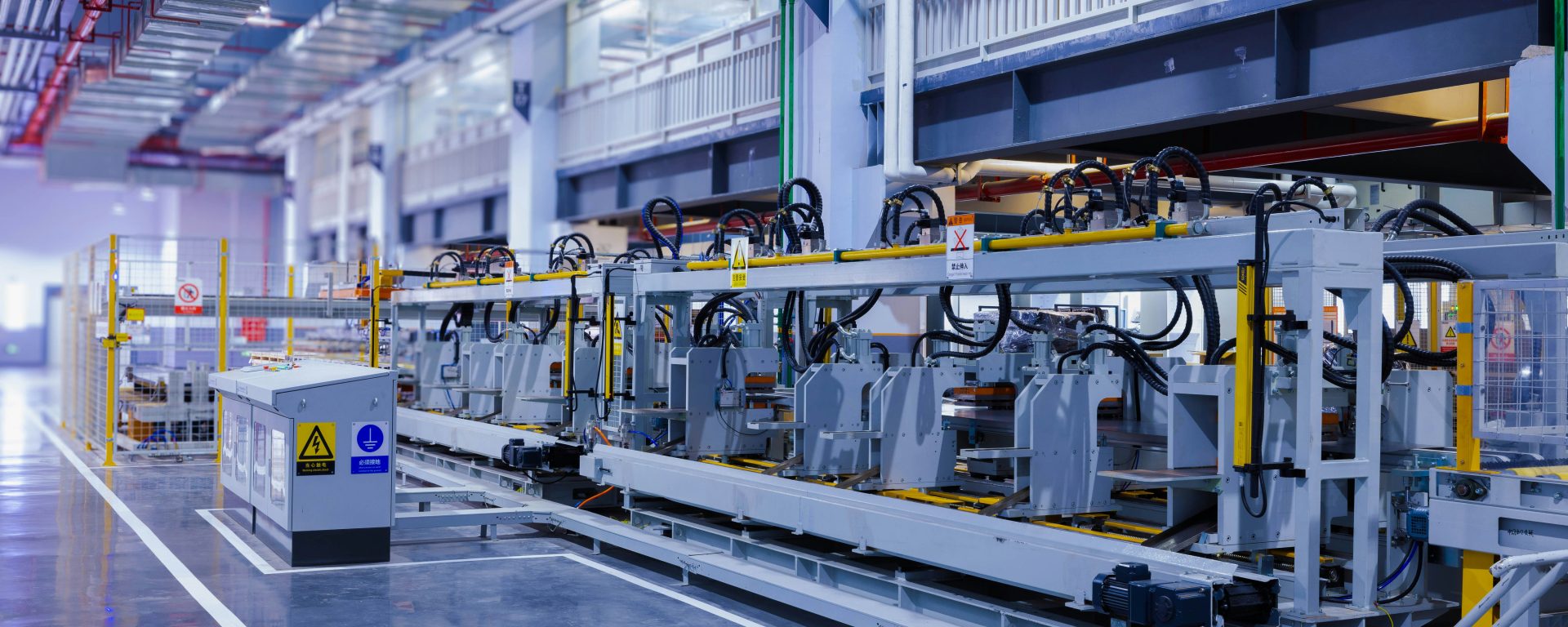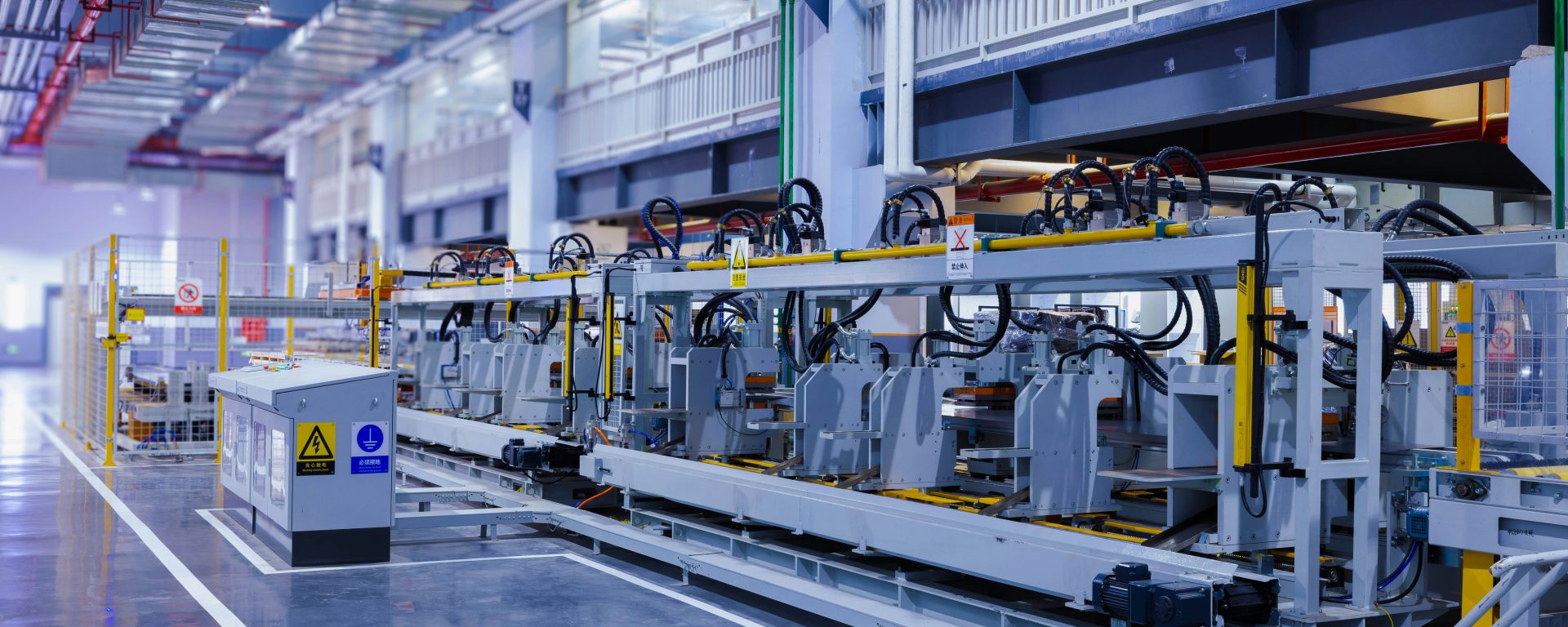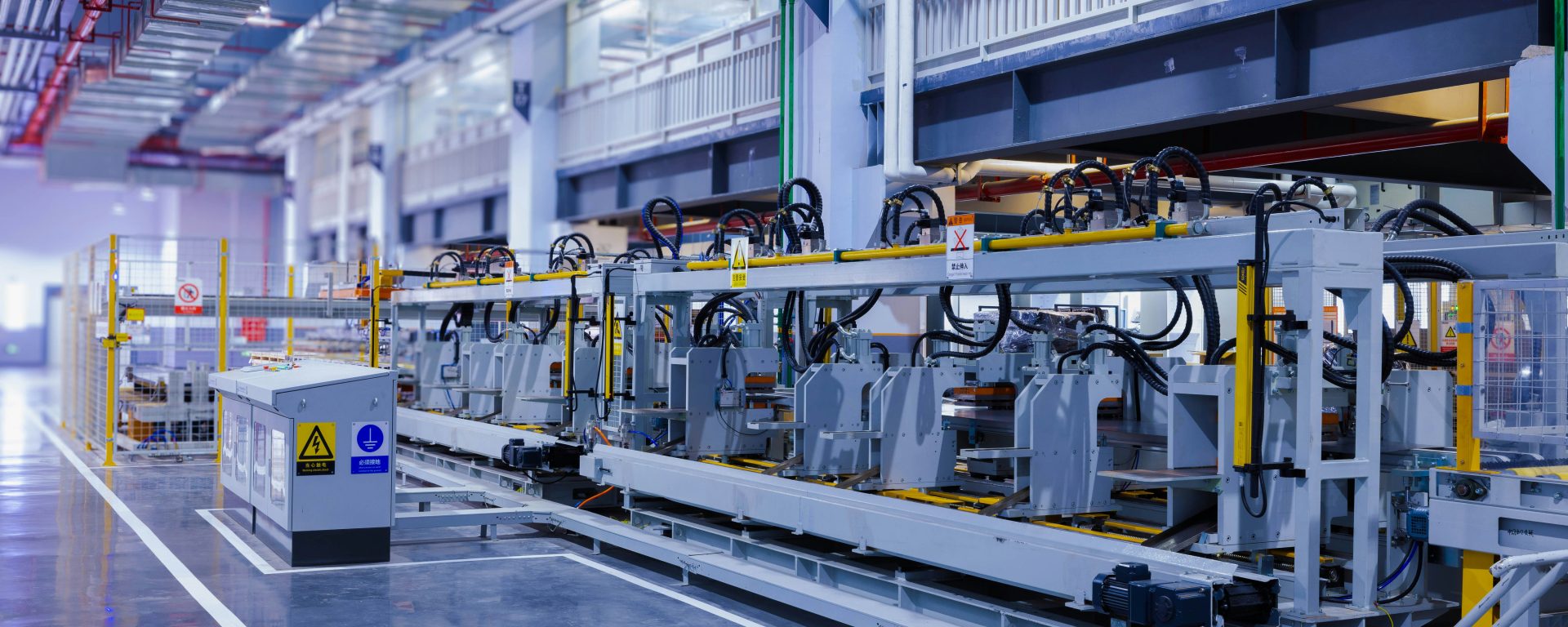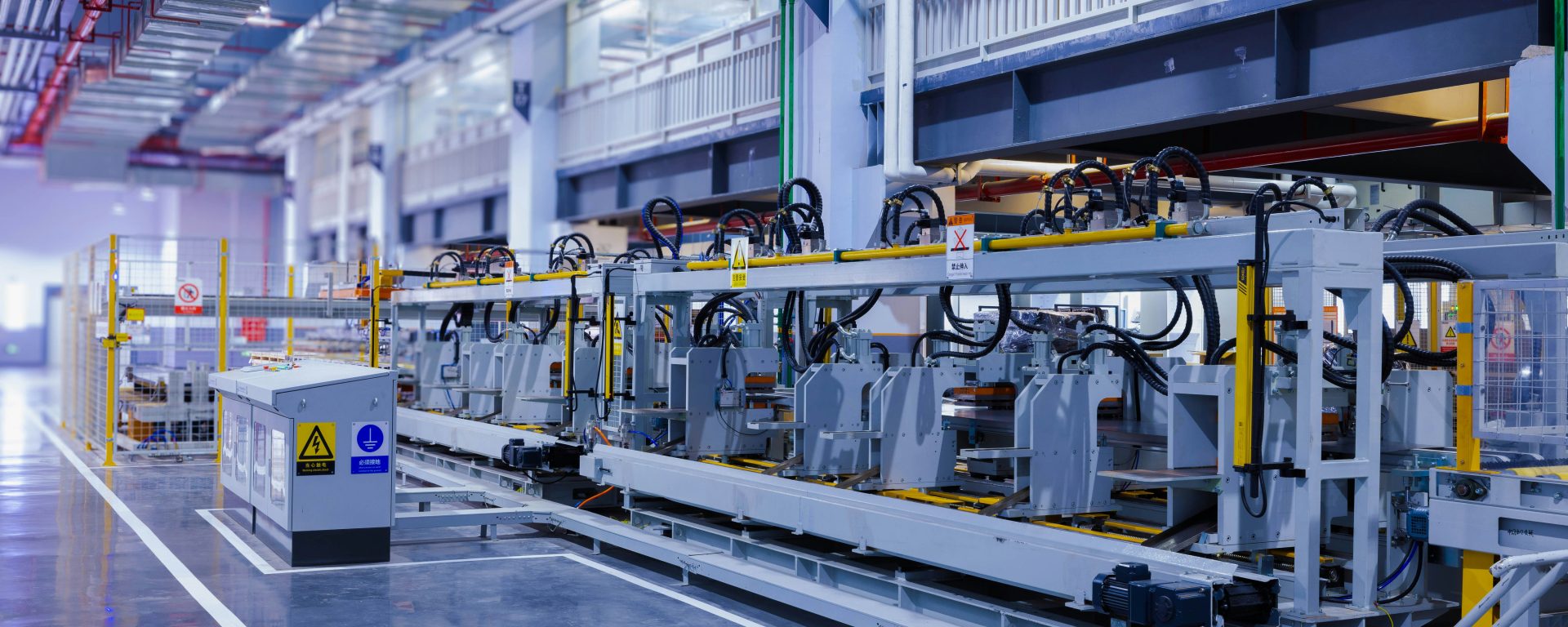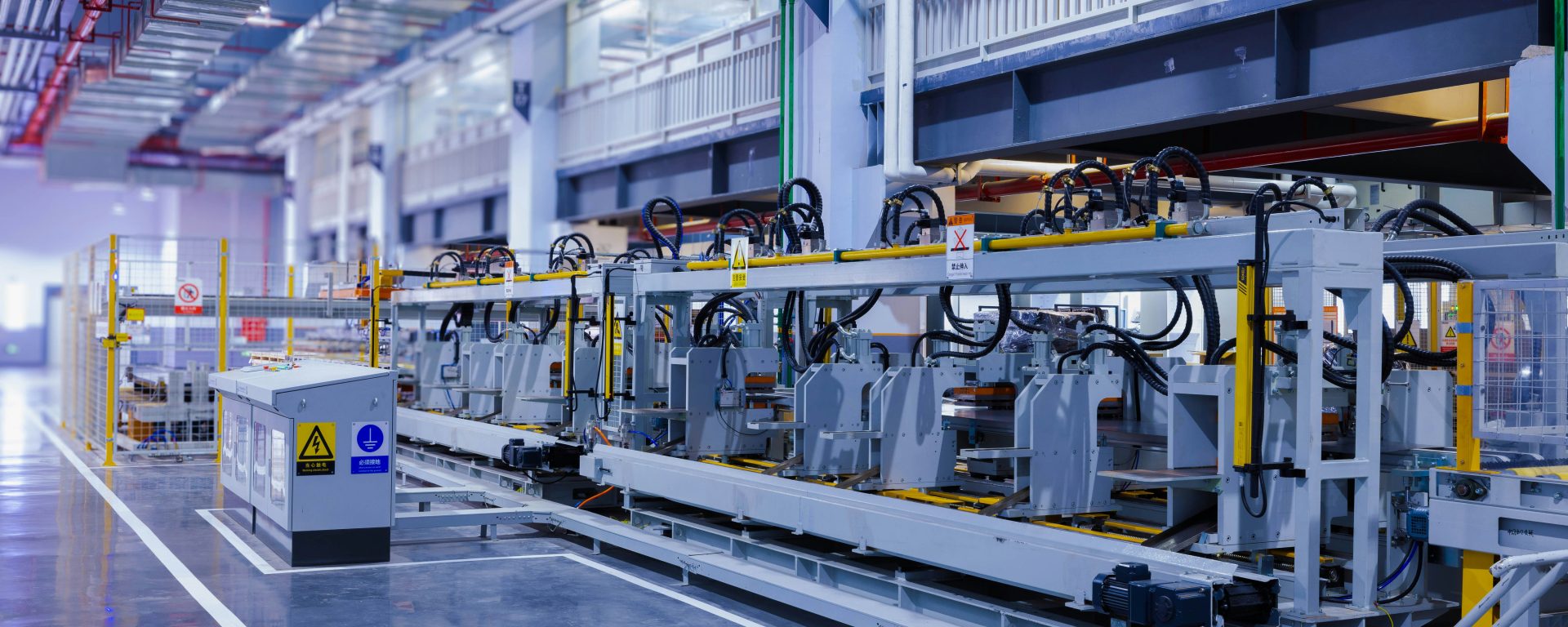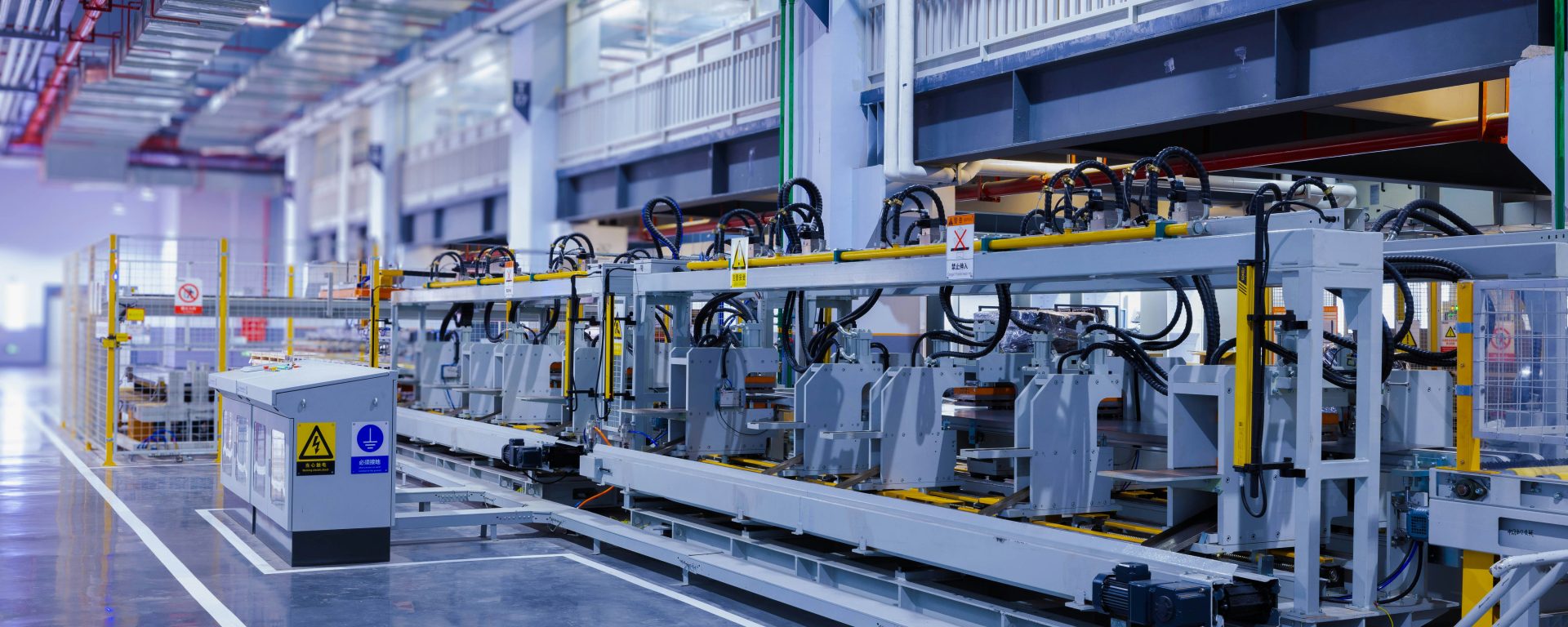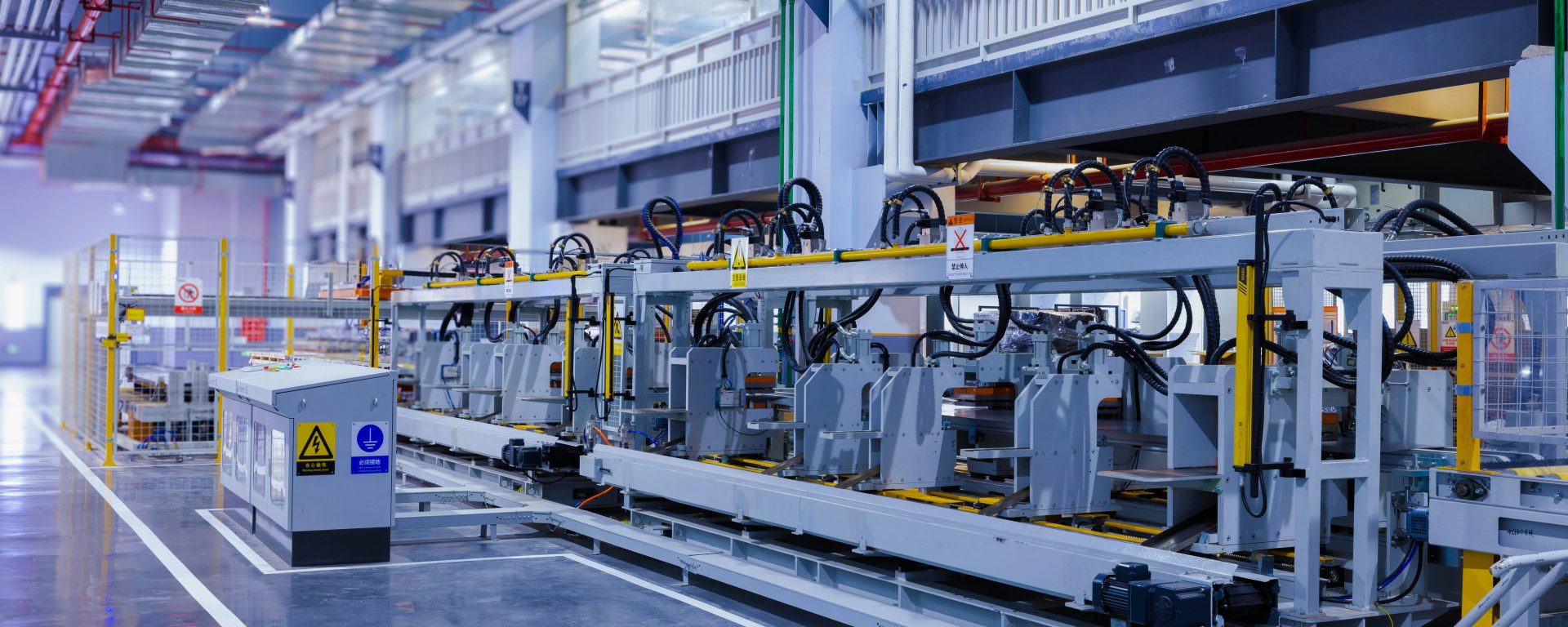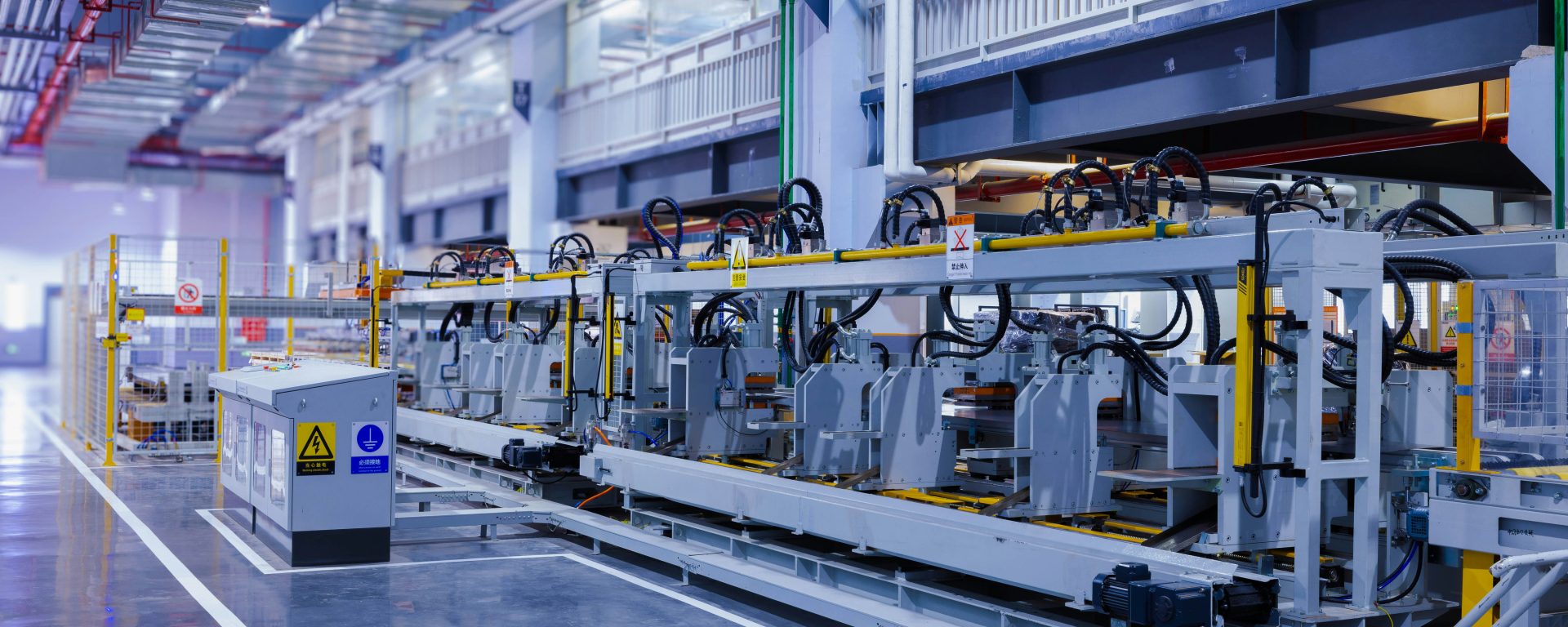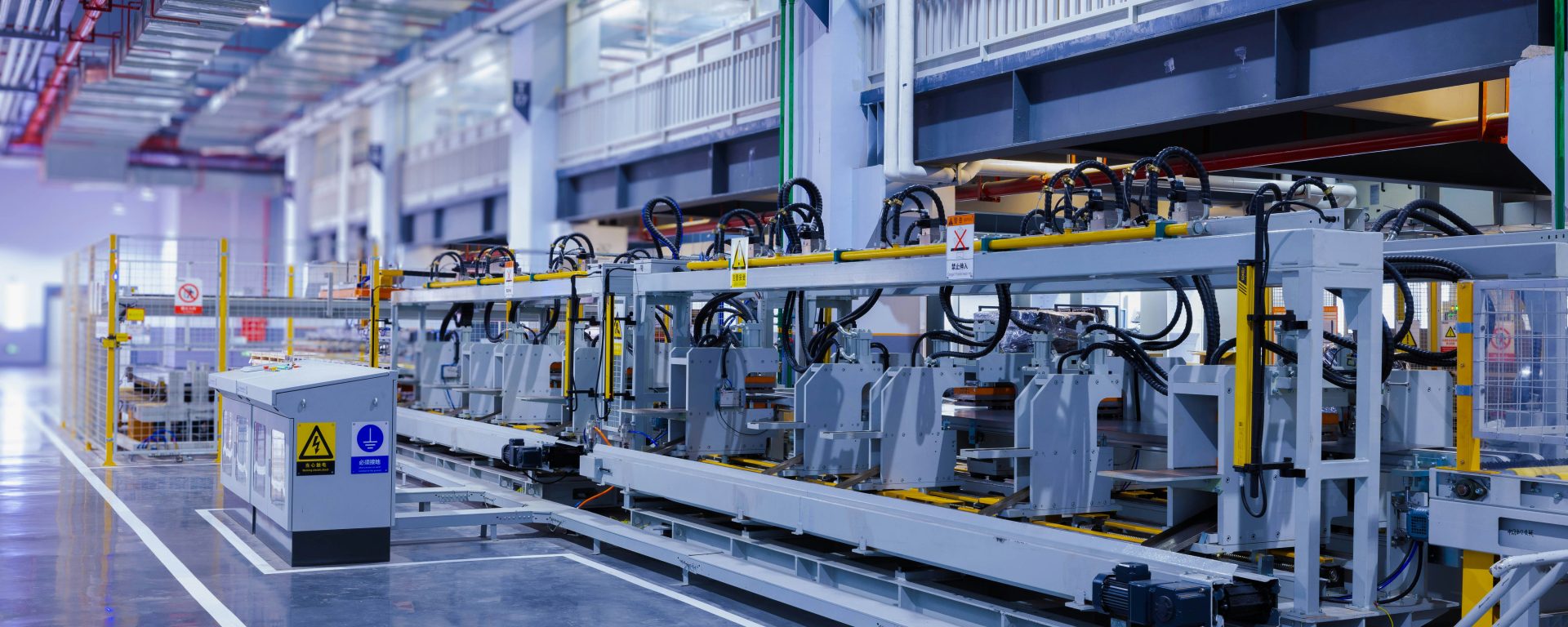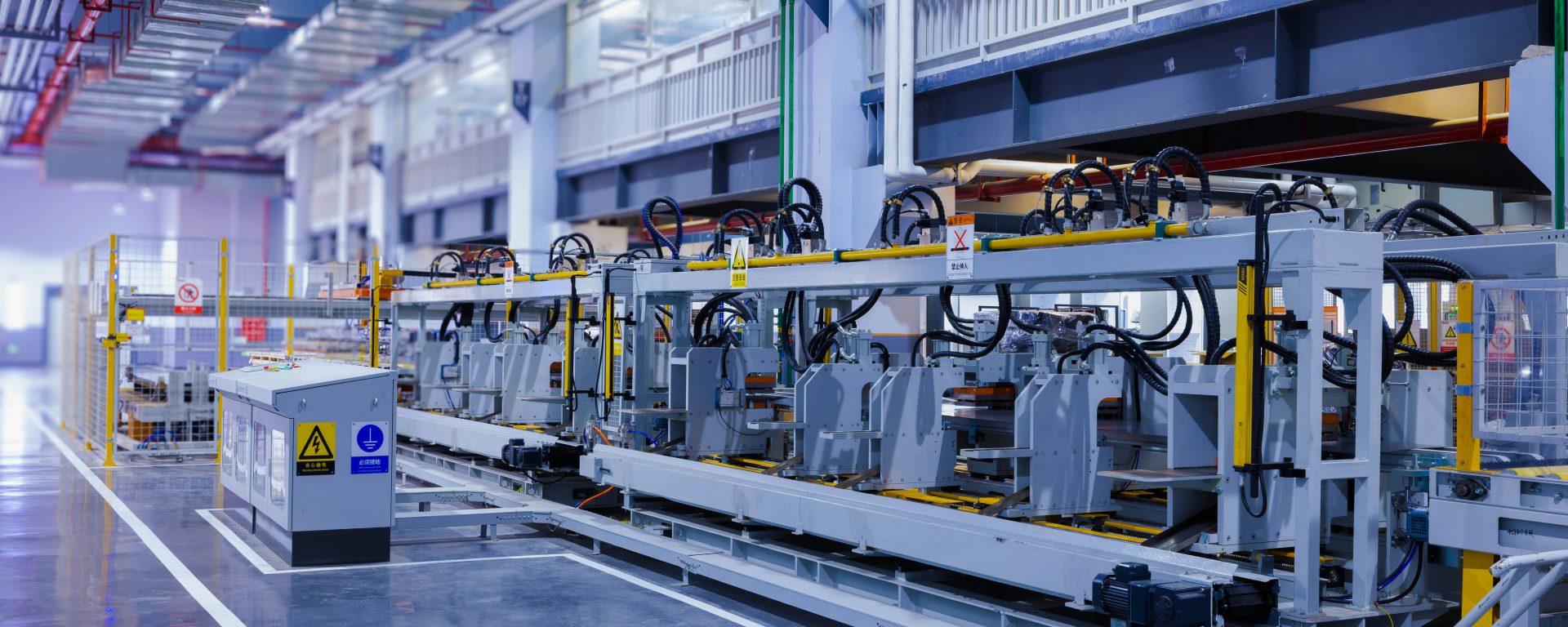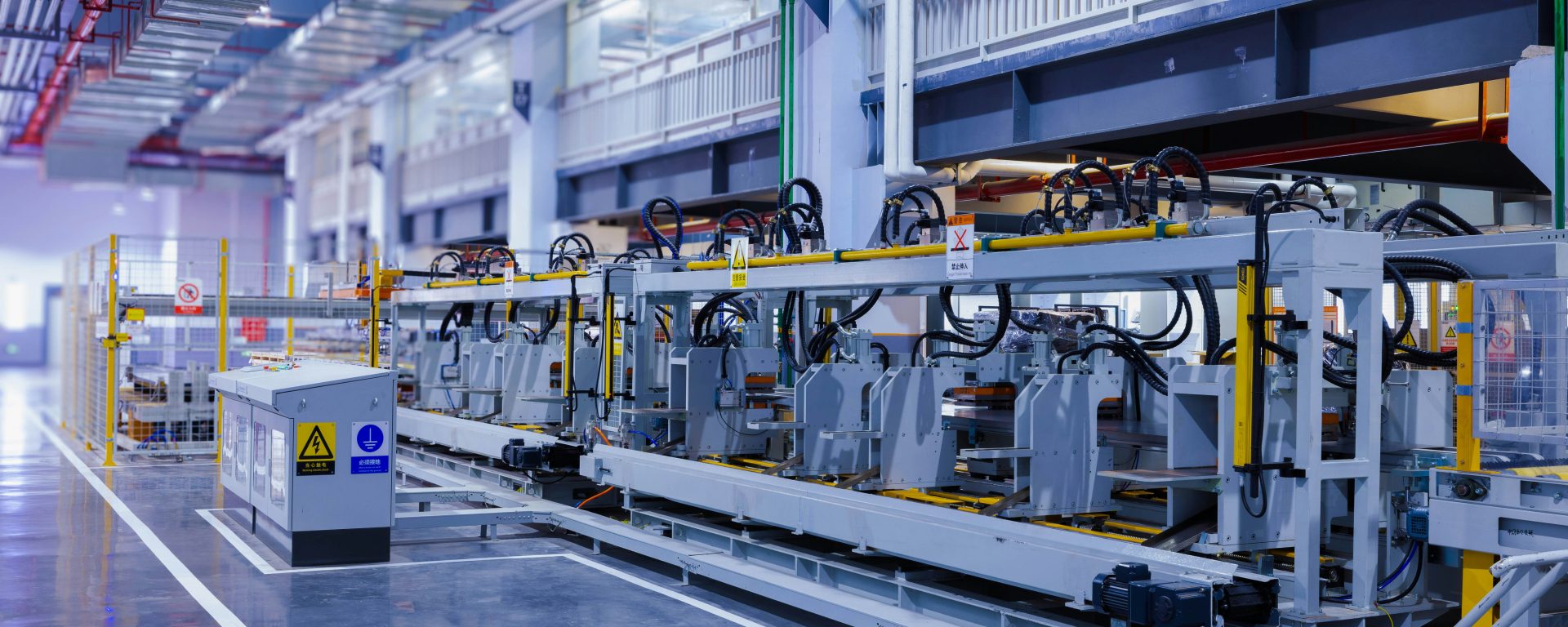Advanced Automation Systems Manufacturing Insurance: Complete Guide
The advanced automation systems manufacturing sector represents the cutting edge of industrial innovation, producing sophisticated robotics, artificial intelligence systems, machine learning platforms, and Internet of Things (IoT) devices that are transforming industries worldwide. From collaborative robots (cobots) working alongside humans to autonomous guided vehicles (AGVs) revolutionizing warehouse operations, manufacturers in this sector face unique and complex risks that standard commercial insurance policies simply cannot address adequately.
As an advanced automation systems manufacturer, your business operates at the intersection of mechanical engineering, software development, electronics, and data analytics. This convergence creates a risk landscape that is fundamentally different from traditional manufacturing. A single defect in your automation system could halt production lines worth millions, cause safety incidents, or result in catastrophic data breaches. Understanding the specialized insurance coverage available for your sector is not just prudent, it is essential for business survival and growth.
Why Advanced Automation Manufacturers Need Specialized Coverage
Advanced automation systems manufacturing differs significantly from conventional manufacturing in ways that directly impact insurance needs:
Complex Product Liability Exposure
Your products integrate hardware, software, and often cloud-based services. A malfunction could result from mechanical failure, software bugs, cybersecurity vulnerabilities, or integration issues with client systems. When your industrial robot injures a worker or your automated quality control system fails to detect defective products, the liability claims can be substantial and multifaceted.
Intellectual Property Concentration
Your competitive advantage lies in proprietary algorithms, control systems, sensor technologies, and manufacturing processes. The theft or compromise of this intellectual property could devastate your business overnight. Standard property insurance does not adequately protect these intangible but invaluable assets.
Rapid Technological Obsolescence
The automation sector evolves at breakneck speed. Equipment and inventory can become outdated quickly, creating unique valuation challenges. Your insurance must account for replacement cost versus actual cash value in ways that reflect technological depreciation rather than simple physical wear.
Extended Supply Chain Vulnerabilities
Manufacturing advanced automation systems requires specialized components, sensors, processors, and materials often sourced globally. Supply chain disruptions can halt production for extended periods, and your business interruption coverage must account for these complex dependencies.
Installation and Integration Risks
Unlike products sold off-the-shelf, automation systems typically require on-site installation, integration with existing equipment, programming, testing, and ongoing support. Each phase introduces distinct liability exposures that continue long after the initial sale.
Essential Insurance Coverage for Advanced Automation Manufacturers
Products Liability Insurance
This is arguably the most critical coverage for automation manufacturers. Products liability protects you when your automation systems cause bodily injury, property damage, or financial loss to third parties. For advanced automation manufacturers, this coverage must be specifically tailored to address:
- Bodily injury from robotic systems, including collaborative robots that work in close proximity to humans
- Property damage caused by automation system malfunctions, such as production equipment damage or facility fires
- Economic losses when your systems fail to perform as specified, causing production downtime for clients
- Failure to warn claims if safety instructions or operational limitations were inadequately communicated
- Design defect allegations involving fundamental flaws in system architecture or safety protocols
- Manufacturing defect claims for individual units that deviate from design specifications
Coverage limits for products liability should reflect the potential scale of claims. A single incident involving an automation system in a major manufacturing facility could easily generate claims exceeding £5 million. Many automation manufacturers carry limits of £10 million or higher, with some requiring £25 million or more for contracts with large multinational clients.
Professional Indemnity Insurance
Advanced automation manufacturing increasingly involves consulting, system design, integration services, and ongoing support. Professional indemnity insurance protects against claims arising from professional advice, design specifications, integration errors, and failure to meet performance standards.
Key scenarios covered include:
- Design errors that result in systems failing to achieve promised productivity improvements
- Integration mistakes that cause compatibility issues with client equipment or software
- Specification errors leading to systems that cannot perform required functions
- Failure to identify safety hazards during risk assessment and system design
- Intellectual property infringement claims alleging your designs violate third-party patents
- Breach of confidentiality when handling sensitive client manufacturing data
Professional indemnity policies typically provide coverage on a "claims-made" basis, meaning the policy in force when a claim is made provides coverage, regardless of when the alleged error occurred. This makes continuous coverage essential, and you should maintain "run-off" coverage even after retiring or selling your business.
Cyber and Data Liability Insurance
Modern automation systems are inherently connected, collecting operational data, receiving software updates, and often integrating with enterprise resource planning (ERP) and manufacturing execution systems (MES). This connectivity creates significant cyber liability exposure.
Cyber insurance for automation manufacturers should cover:
- Data breach response costs when client manufacturing data is compromised
- Notification expenses for informing affected parties following a breach
- Regulatory fines and penalties under GDPR, data protection laws, and industry-specific regulations
- Business interruption losses when cyberattacks disrupt your manufacturing operations
- Cyber extortion payments and negotiation costs for ransomware attacks
- System restoration costs to recover from malware or destructive attacks
- Third-party liability when vulnerabilities in your automation systems enable attacks on client networks
- Media liability for content transmitted through your systems
The interconnected nature of automation systems means a cybersecurity incident can cascade rapidly. A vulnerability in your industrial IoT sensors could potentially compromise hundreds of client facilities. Cyber liability limits of £5 million to £10 million are increasingly common in this sector.
Commercial Property Insurance
Your manufacturing facility contains specialized equipment, precision machinery, testing apparatus, and valuable inventory that requires comprehensive property coverage. Advanced automation manufacturers should ensure their property insurance includes:
- Building coverage for owned facilities, including specialized infrastructure like cleanrooms and testing laboratories
- Contents coverage for manufacturing equipment, including CNC machines, 3D printers, assembly robots, and testing equipment
- Stock coverage for raw materials, components, work-in-progress, and finished automation systems
- Electronic equipment coverage for computers, servers, and specialized testing instruments
- Replacement cost valuation rather than actual cash value to ensure adequate rebuilding funds
- Breakdown coverage for critical manufacturing equipment
- Debris removal and decontamination costs following incidents
Given the specialized nature of automation manufacturing equipment, standard property policies may significantly undervalue your assets. Work with insurers who understand the sector to ensure accurate valuations and adequate coverage limits.
Business Interruption Insurance
When fire, equipment breakdown, or other covered perils halt your manufacturing operations, business interruption insurance replaces lost profits and covers continuing expenses. For automation manufacturers, this coverage should address:
- Lost profit during the interruption period, calculated based on financial records and projected sales
- Continuing expenses such as salaries, rent, loan payments, and utilities that continue despite halted production
- Extra expenses to minimize the interruption, including expedited equipment delivery and temporary facility rental
- Extended period of indemnity to cover the time needed to rebuild customer relationships and restore sales levels
- Contingent business interruption for losses caused by disruptions at key suppliers or major customers
- Denial of access coverage when authorities prevent facility access following nearby incidents
The indemnity period (how long coverage continues) is critical. Advanced automation systems can take months to manufacture, and rebuilding specialized facilities can take a year or more. Indemnity periods of 18 to 24 months are common in this sector.
Employers Liability Insurance
This legally required coverage protects against employee injury or illness claims. Advanced automation manufacturing presents specific workplace hazards including:
- Injuries during assembly and testing of robotic systems
- Repetitive strain injuries from precision assembly work
- Exposure to hazardous materials used in electronics manufacturing
- Electrical injuries during system testing and commissioning
- Occupational illnesses from long-term exposure to manufacturing processes
The minimum legal requirement is £5 million, but many automation manufacturers carry £10 million or higher limits given the potential severity of workplace injuries in this sector.
Public Liability Insurance
Public liability covers third-party injury or property damage claims arising from your business operations. For automation manufacturers, relevant scenarios include:
- Visitor injuries at your manufacturing facility during client tours or supplier meetings
- Property damage during installation of automation systems at client sites
- Injuries to client personnel during training on your automation systems
- Damage to client facilities during system commissioning and testing
Coverage limits typically range from £5 million to £10 million, with higher limits required for contracts with large corporations or public sector clients.
Commercial Vehicle Insurance
If your business operates vehicles for delivering automation systems, transporting engineers to client sites, or general business use, commercial vehicle insurance is essential. Coverage should include:
- Liability coverage for injury and property damage caused by your vehicles
- Comprehensive and collision coverage for vehicle damage
- Goods in transit coverage for automation systems and components being transported
- Hired and non-owned vehicle coverage for rental vehicles and employee-owned vehicles used for business
Risk Management Strategies for Automation Manufacturers
Comprehensive insurance is essential, but proactive risk management can prevent claims, reduce premiums, and protect your reputation. Consider implementing these strategies:
Rigorous Quality Control and Testing
Implement multi-stage testing protocols including component testing, system integration testing, safety testing, and field testing before product release. Document all testing thoroughly to demonstrate due diligence in product liability claims.
Comprehensive Safety Documentation
Develop detailed user manuals, safety warnings, training materials, and maintenance schedules. Ensure documentation addresses foreseeable misuse scenarios and clearly communicates operational limitations.
Robust Cybersecurity Protocols
Implement network segmentation, encryption, multi-factor authentication, regular security audits, and vulnerability assessments. Develop incident response plans and conduct regular cybersecurity training for all personnel.
Contractual Risk Transfer
Use well-drafted contracts that clearly define responsibilities, limit liability where legally permissible, require client insurance, and establish dispute resolution procedures. Have contracts reviewed by legal counsel familiar with automation industry standards.
Intellectual Property Protection
Register patents, trademarks, and copyrights. Implement confidentiality agreements with employees, contractors, and business partners. Use technical measures like software obfuscation and hardware security to protect proprietary technology.
Supply Chain Resilience
Diversify suppliers for critical components, maintain strategic inventory of long-lead-time parts, and develop contingency plans for supply disruptions. Consider supply chain insurance for particularly vulnerable dependencies.
Choosing the Right Insurance Provider
Not all insurers understand the unique risks of advanced automation manufacturing. When selecting insurance providers, consider:
- Sector Expertise: Choose insurers with demonstrated experience in advanced manufacturing, robotics, or industrial automation
- Policy Flexibility: Ensure policies can be tailored to your specific products, services, and risk profile
- Claims Handling: Research the insurer's reputation for fair and efficient claims processing
- Financial Strength: Verify the insurer's financial ratings to ensure they can pay claims even in adverse scenarios
- Risk Management Support: Look for insurers offering risk assessment services, safety training, and loss prevention resources
- International Coverage: If you export automation systems, ensure coverage extends to international operations and products liability
Working with an insurance broker specializing in manufacturing and technology sectors can provide access to specialized insurers and help negotiate comprehensive coverage at competitive rates.
Factors Affecting Insurance Costs
Insurance premiums for advanced automation manufacturers vary significantly based on multiple factors:
- Annual Turnover: Higher revenue typically increases premiums due to greater exposure
- Product Types: Safety-critical systems like medical robotics or autonomous vehicles command higher premiums than industrial sensors
- Claims History: Previous claims significantly impact premiums; a clean claims history can reduce costs
- Risk Management Practices: Demonstrated quality control, testing protocols, and safety procedures can lower premiums
- Coverage Limits: Higher limits increase premiums but provide better protection
- Deductibles: Higher deductibles reduce premiums but increase out-of-pocket costs when claims occur
- Geographic Scope: International operations and exports increase premiums due to expanded liability exposure
- Client Base: Serving high-risk industries or large multinational corporations may increase premiums
- Employee Count: More employees increase employers liability exposure and premiums
- Facility Security: Robust physical security, fire suppression systems, and environmental controls can reduce property insurance costs
As a general guide, advanced automation manufacturers might expect to pay between 1.5 percent and 4 percent of annual turnover for comprehensive insurance coverage, though this varies significantly based on the factors above. Startups and companies with limited claims history may face higher initial premiums that decrease as they establish positive track records.
Regulatory Compliance and Insurance
Advanced automation manufacturers must navigate complex regulatory landscapes that directly impact insurance requirements:
Machinery Safety Regulations
In the UK and EU, automation systems must comply with the Machinery Directive and associated standards (BS EN ISO 12100 for risk assessment, BS EN ISO 10218 for industrial robots). Insurance policies should cover regulatory defense costs and penalties for alleged non-compliance.
Product Safety Regulations
The General Product Safety Regulations require that products placed on the market are safe. Your insurance should cover recall costs, regulatory investigations, and defense against enforcement actions.
Data Protection Regulations
GDPR compliance is essential when automation systems collect or process personal data. Cyber insurance should specifically cover GDPR fines, which can reach 4 percent of global annual turnover or £17.5 million, whichever is higher.
Export Control Regulations
Advanced automation technology may be subject to export controls. Ensure your insurance covers legal defense costs for alleged export control violations and associated penalties.
Environmental Regulations
Manufacturing processes may be subject to environmental permits and regulations. Environmental liability insurance can cover cleanup costs, regulatory penalties, and third-party environmental damage claims.
Emerging Risks in Automation Manufacturing
The automation sector evolves rapidly, creating new risks that insurance coverage must address:
Artificial Intelligence Liability
As automation systems incorporate machine learning and AI, questions arise about liability when AI makes unexpected decisions. Who is responsible when a self-learning robot injures someone after developing behaviors not explicitly programmed? Insurance policies are beginning to address AI-specific risks, but coverage remains evolving.
Autonomous System Liability
Truly autonomous systems that operate without human supervision create unique liability challenges. Traditional products liability assumes human operators, but autonomous systems blur the line between product and operator. Ensure your insurance explicitly addresses autonomous operation scenarios.
Software Update Liability
Over-the-air software updates can improve automation systems but also introduce new vulnerabilities or malfunctions. Your insurance should cover claims arising from software updates, including situations where updates cause previously functional systems to fail.
Supply Chain Cyberattacks
Sophisticated attackers increasingly target supply chains, compromising components before they reach manufacturers. If malicious code or hardware backdoors are introduced through your supply chain, your insurance should cover resulting liability and response costs.
Intellectual Property Theft via Cyber Means
State-sponsored and criminal actors increasingly target advanced technology companies for intellectual property theft. Cyber insurance should cover forensic investigation, legal costs, and business interruption resulting from IP theft.
The Claims Process: What to Expect
Understanding the claims process helps you respond effectively when incidents occur:
Immediate Notification
Notify your insurer immediately when you become aware of any incident that might result in a claim. Most policies require prompt notification, and delays can jeopardize coverage. This includes potential claims even if no formal claim has been made against you.
Documentation and Preservation
Preserve all evidence related to the incident, including physical products, software logs, design documents, testing records, and communications. Document the incident thoroughly with photographs, witness statements, and technical reports.
Investigation
The insurer will investigate the claim, which may include appointing loss adjusters, technical experts, and legal counsel. Cooperate fully with the investigation while protecting privileged information under legal advice.
Defense and Settlement
For liability claims, your insurer typically has the right to defend or settle claims. They will appoint solicitors to represent you. While insurers generally seek to minimize costs through settlement, you should be involved in settlement decisions, particularly where reputation is at stake.
Resolution
Claims may be resolved through settlement negotiations, mediation, arbitration, or litigation. The process can take months or years for complex automation system claims. Your insurer will cover defense costs and settlements up to policy limits.
Real-World Scenarios: Why Insurance Matters
Scenario 1: Robotic System Malfunction
An advanced collaborative robot manufactured by your company malfunctions during operation at a client's facility, injuring an operator who requires extensive medical treatment and is unable to work for six months. The client also suffers production downtime while the incident is investigated and the robot is replaced.
Insurance Response: Products liability insurance covers the injured worker's medical expenses, lost wages, and pain and suffering compensation. It also covers the client's business interruption losses and the cost of defending against the claim. Total claim value: £850,000.
Scenario 2: Cybersecurity Breach
Hackers exploit a vulnerability in your automation system's IoT sensors, gaining access to client manufacturing networks. Sensitive product designs and customer data are stolen from twelve client facilities. Clients face regulatory investigations, notification costs, and business disruption.
Insurance Response: Cyber liability insurance covers forensic investigation to determine the breach scope, notification costs for affected parties, regulatory defense costs, and third-party liability claims from affected clients. Total claim value: £2.3 million.
Scenario 3: Design Error
A design flaw in your automated quality control system fails to detect defective products, resulting in a client shipping faulty goods to their customers. The client faces a costly product recall, regulatory penalties, and reputation damage.
Insurance Response: Professional indemnity insurance covers the client's recall costs, regulatory penalties, and lost profits during the recall period. It also covers your legal defense costs against the client's claim. Total claim value: £1.6 million.
Scenario 4: Fire at Manufacturing Facility
An electrical fire destroys a significant portion of your manufacturing facility, including specialized equipment, work-in-progress automation systems, and finished inventory ready for shipment. Your business is unable to fulfill orders for eight months while the facility is rebuilt.
Insurance Response: Property insurance covers building repairs, equipment replacement, and inventory losses. Business interruption insurance replaces lost profits and covers continuing expenses during the eight-month closure. Extra expense coverage pays for expedited equipment delivery and temporary facility rental to resume limited production sooner. Total claim value: £3.2 million.
Conclusion: Protecting Your Innovation
Advanced automation systems manufacturing represents the future of industry, but with innovation comes risk. The complex interplay of mechanical systems, sophisticated software, connectivity, and artificial intelligence creates liability exposures that extend far beyond traditional manufacturing risks. A single incident can result in catastrophic financial losses, regulatory penalties, and irreparable reputation damage.
Comprehensive insurance coverage tailored specifically to advanced automation manufacturing is not optional, it is fundamental to business sustainability. Products liability, professional indemnity, cyber liability, property, business interruption, and employers liability insurance work together to create a safety net that allows you to innovate with confidence.
However, insurance alone is insufficient. Combining comprehensive coverage with rigorous risk management practices, quality control protocols, cybersecurity measures, and contractual protections creates a robust defense against the myriad risks facing automation manufacturers.
As the automation sector continues to evolve, so too must your insurance program. Regular policy reviews, coverage updates to address emerging risks, and ongoing dialogue with specialist insurers ensure your protection keeps pace with your innovation. The manufacturers who will thrive in the coming decades are those who recognize that protecting their business is as important as developing groundbreaking technology.
By investing in appropriate insurance coverage and proactive risk management, you protect not only your business assets and financial stability but also your ability to continue pushing the boundaries of what automation technology can achieve. In an industry defined by innovation, comprehensive insurance is the foundation upon which sustainable growth is built.


 0330 127 2333
0330 127 2333

